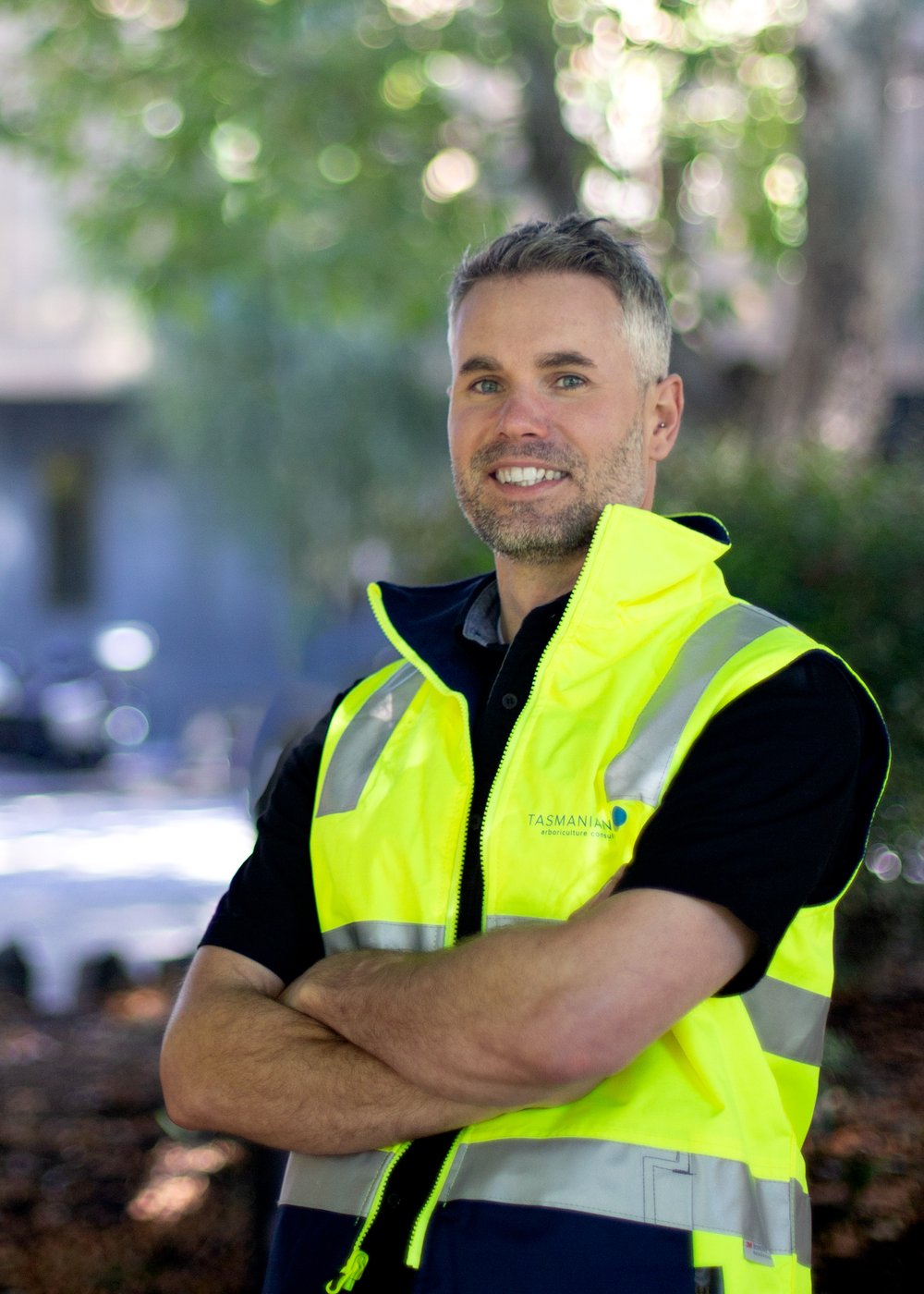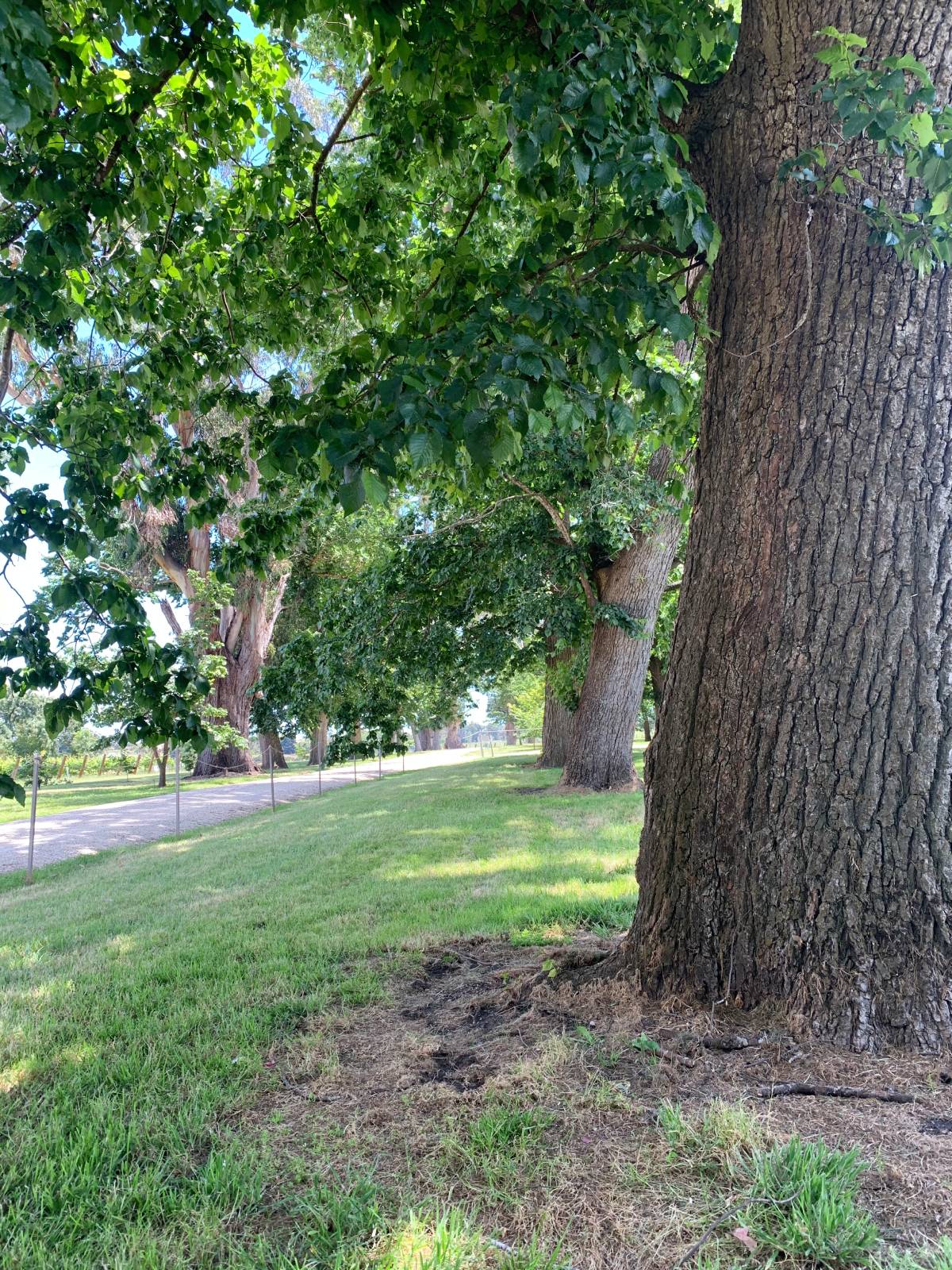What is an arboricultural risk assessment?
An arboricultural risk assessment is an assessment on a tree to determine the risk it poses to users of the immediate area. A risk assessment will take everything to do with the tree into consideration and an arboricultural report will be provided with the trees risk of harm rating and any recommendations to mitigate the risk.
When should an arboricultural risk assessment be undertaken?
An arboricultural risk assessment can be undertaken at any time. There are many reasons they may be requested:
- The owner of a property may feel unsafe about a particular tree and may want expert advice on the likelihood of the tree or part of the tree failing
- It may be required as part of a duty of care to provide a safe environment for the users of the site. This is usually pertinent to schools, businesses, golf courses, etc.
- A tree may have been damaged from unsanctioned development, and the trees’ structural integrity may have been compromised
What information is required to produce an arboricultural risk assessment?
Access to the site to be able to assess the whole tree from all angles is the main requirement. If available we appreciate data on the occupancy rates under the tree at any given time, i.e., if the tree is on school property we would ask how many students and how often they are likely to be in the area with the tree. This is useful to provide accurate results with the widely accepted method that we use.
What method do you use for your risk assessments?
There are many current methods for undertaking an arboricultural risk assessment. Between our consultants we have used most of these through the years, however, have chosen to use the Quantified Tree Risk Assessment (QTRA) method for our risk assessments. We are all licenced users of this method and find it to be comprehensive, taking into account three main factors:
- Target – this incorporates the expected occupancy that a person, possession, or structure will have in the area. The cost of the repairs is also considered in this factor. Obviously, if there is no target, there is no risk.
- Size – The size of the part that is most likely to cause the damage is the next factor that is considered. There is a significant difference to the potential harm or damage a tree can cause depending on the size of the part of tree.
- Probability of Failure (PoF) – This factor should only be assessed by a consulting arborist as there are many reasons that can attribute to the PoF.
What information is provided in an arboricultural risk assessment?
An arboricultural report is completed following an arboricultural risk assessment. The arboricultural report will detail the condition of the tree, the results of the risk assessment, and any recommendations to mitigate the risk.
Why is an arboricultural risk assessment so important?
It is incorrect to classify any tree as ‘safe’ as they are living organisms that respond to their environment and local stresses. These stressors can sometimes cause a tree to be or become unstable, or cause parts of the tree to fail.
Can any arborist prepare an arboricultural risk assessment?
The arborist undertaking the risk assessment should be experienced, and familiar with the method they use. Some methods, such as QTRA, require the assessor to undertake training to ensure they are compliant and competent with the assessment.
It is recommended that you ask your arborist which method they use, and if they are a licenced user.
Contact us
Our arborists are fully qualified, experienced, and licenced users of our chosen risk assessment method. Contact us anytime to discuss your tree and arrange an assessment.

Blog written by Mark Fahy
Mark has a diploma in arboriculture (AQF level 5) and is a registered Quantitative Tree Risk (QTRA) assessor. He has been an arborist for over 10 years and is passionate about trees. He is committed to providing evidence-based solutions and thorough reports to clients. Mark is specifically enthusiastic about living with trees in the ever-changing urban environment.

